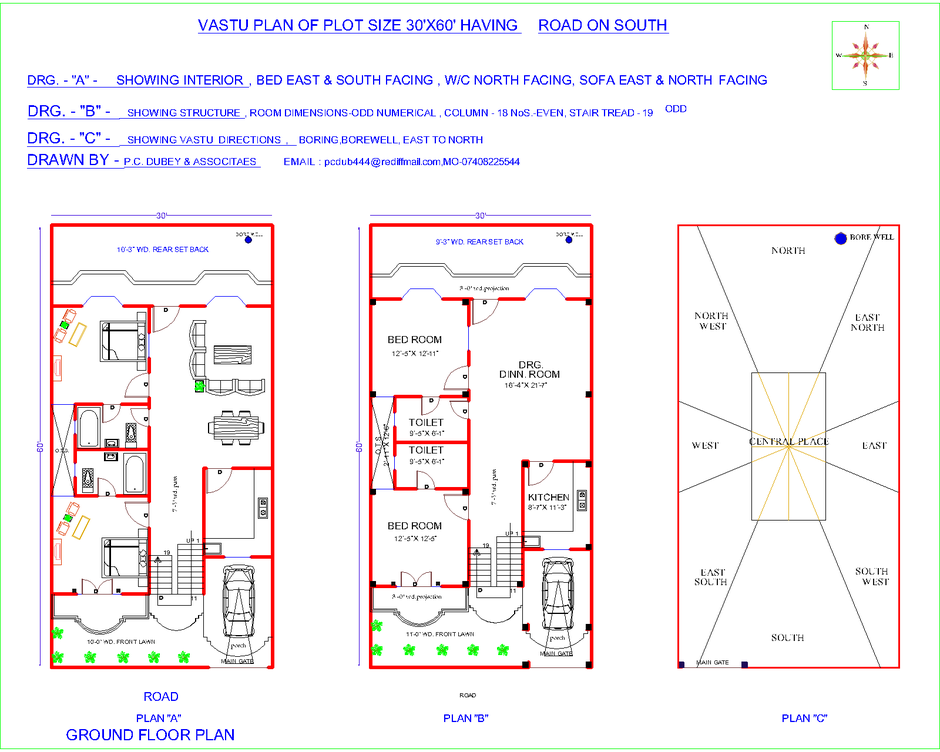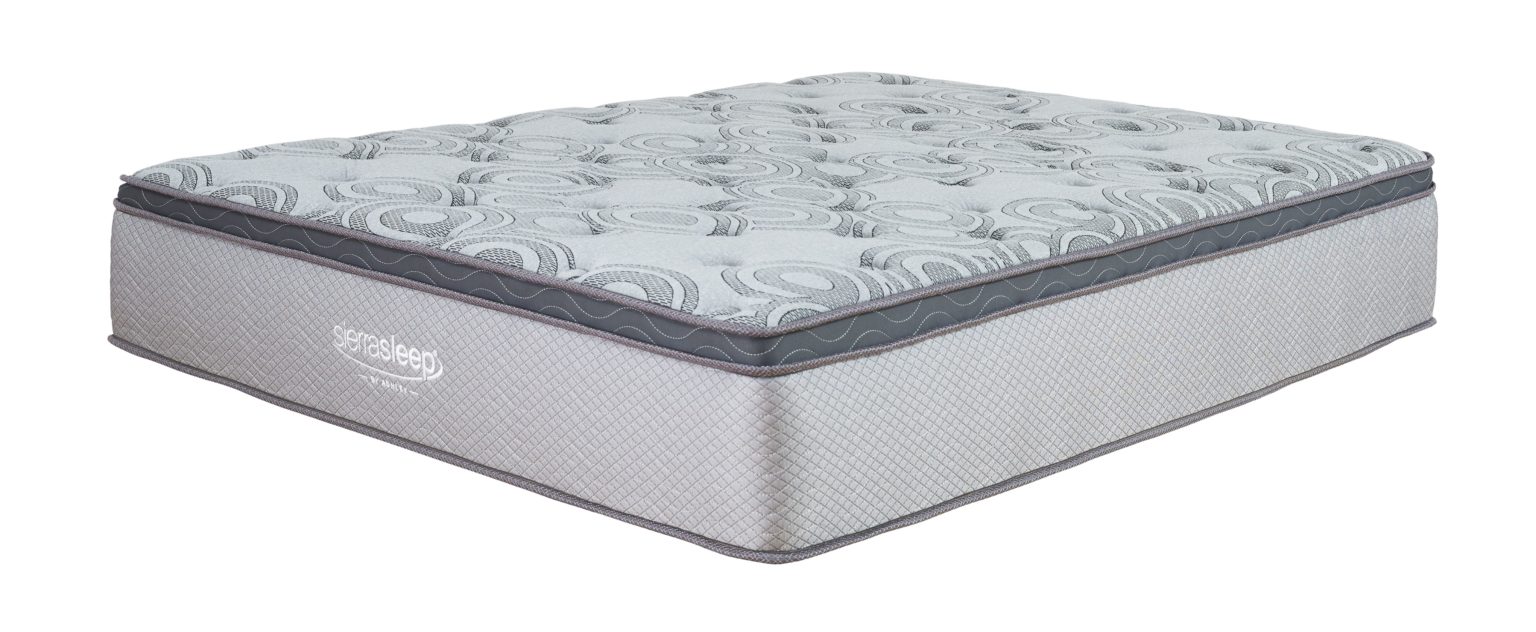Vastu Shastra is an effective Indian system of architecture and harmonious design that creates a conducive environment for physical and mental well-being. It is based on cardinal directions, material composition, and cosmic energies, and helps decide how to furnish an environment and align it with the forces of nature. Vastu promotes positive energy in a home or commercial space, which in turn improves the environment’s vibrancy and ambience. In comparison to other traditional construction protocols, Vastu takes a more holistic approach, leading to appreciation of science, tradition, and spirituality – all at once.What Is Vastu Shastra?
When designing a house in Vastu, certain principles need to be followed in order to maximize health and prosperity for the inhabitants. For example, bedrooms should be in the South-West corner of the home, while cooking and dining should be located in the North-East. In terms of materials most suitable for creating a Vastu design, simple woods and stones are preferred. Furniture should be lightweight to avoid cluttering, and carpets, upholstery, and curtains need to be chosen in subtle colors. In addition, mirrors should be placed in an appropriate location, and decor items will need to follow certain guidelines.Vastu for Home Design
To ensure the bedroom is auspicious according to Vastu, there are a few tips that must be followed. Namely, beds should always be placed with the head facing South or West, and fresh flowers and plants should be kept in the bedroom if space allows. In addition, keeping snake plants and money plants in shrines or the corners of the bed is considered to bring luck and prosperity. Dark colors and heavy furniture should be avoided in bedrooms, and in the event that a bathroom or garage is constructed in the North or East direction, Vastu recommends using a wooden partition.Vastu Tips for Bedroom
Kitchens are considered an extremely important element of Vastu studies, and guidelines need to be followed in order to maintain positive energy levels. Main entrances to kitchens should ideally be located in the North, East, or North-East, and gas stoves should always face the East direction. Among other things, spoons and other utensils must always point towards the North or East, knives should never be exposed in the kitchen, and refrigerators should never be placed in the center of the kitchen. Mirrors should never be placed in the kitchen.Vastu Guidelines for Kitchen
Pooja rooms, being sacred places, must follow certain guidelines in a Vastu-compliant house. In terms of location, the South-West corner of the house is suitable for a pooja room, though the South-East corner is also acceptable. Since pooja rooms are places of quietude, they should never feature bright lighting, and in general, decor must be kept light. In addition, the same rules of ‘Vastu for kitchen’ need to be followed.Vastu Tips for Pooja Room
Bathrooms are safe places where relaxation and solace can be found. In Vastu, bathrooms should ideally be located in the North-West or South-West corner, since these locations provide maximum privacy and are unreachable from the main entrance of the house. In addition, bathrooms should be kept bright and free from clutter – decorative items like statues should not be kept inside. Mirrors should never be placed edge-on, and toilets should always face North or East.Vastu Tips for Bathroom
The balcony is considered important in Vastu, since it forms a direct connection between the house and the outer environment. The balcony should always open towards the East or North, and metal or glass accessories should not be kept in the space. On the other hand, plants, flowers, and wooden decorations are encouraged. In addition, it is recommended that obstacles like poles or trees are not placed near the balcony.Vastu Tips for Balcony
A staircase is often an integral part of a house. Vastu dictates that staircases should always be built clockwise and should never spiral upwards. The ideal location for a staircase is in the North or South-East corner of the house, away from the main entrance. If the staircase needs to be placed near the entrance, Vastu recommends that the two directions be separated by a wall.Vastu for Staircase
In Vastu, the plot of a house is of utmost importance, since it indicates the position of the main entrance. To ensure that the plot is beneficial for the inhabitants, the North, East, and North-West corners should be slightly higher than the remaining three directions. A pond or lake should never be constructed in the North or East corner, and similar to the house, obstacles like poles and trees should not be placed near the plot of the house. Vastu also discourages burying of non-biodegradable objects in the plot.Vastu Tips for Plots
The entrance gate plays a key role in Vastu design, since it is the first point of contact between the house and the external environment. The North and East are the best directions for the entrance gate, and if such a possibility is not available, the North-West corner can accommodate the gate. If the entrance gate needs to be placed in the South direction, rising stairs must be constructed towards the North or East of the house.Vastu for Entrance Gate
When designing a house as per Vastu, some general tips must be strictly followed, such as avoiding odd-angled walls and using equal amounts of space in all directions. Furthermore, proper measurements need to be taken in the North, South, East, and West directions. Art Deco House Designs are popular in India as they combine modern and traditional elements. When designing a house as Art Deco, Vastu principles must be kept in mind, including correct measurements, use of simple woods and stones, and keeping an eye out for obstacles. House Designs as Per Vastu
What is Vastu Shastra for House Plan?
 Vastu shastra is a traditional Indian system of architecture derived from ancient texts and believed to promote health and prosperity. It is used to design home layouts, including the placement of different areas of the home, such as the bedroom, bathrooms, and kitchen, in order to optimize energy flow. By making thoughtful decisions about where to put elements within the house, such as windows and doors, vastu shastra practitioners hope to achieve balance, harmony, and happiness.
Vastu shastra is a traditional Indian system of architecture derived from ancient texts and believed to promote health and prosperity. It is used to design home layouts, including the placement of different areas of the home, such as the bedroom, bathrooms, and kitchen, in order to optimize energy flow. By making thoughtful decisions about where to put elements within the house, such as windows and doors, vastu shastra practitioners hope to achieve balance, harmony, and happiness.
Vastu Principles to Consider When Designing a House Plan
 According to the vastu shastra, the four cardinal points of a home should align with the north, south, east, and west directions. The corners of a house should also have specific elements in order to keep out negative energies and invite in positivity.
According to the vastu shastra, the four cardinal points of a home should align with the north, south, east, and west directions. The corners of a house should also have specific elements in order to keep out negative energies and invite in positivity.
Bedrooms
 Bedroom placement is an important factor in vastu design, as they should always be placed in the south-west quadrant of the house. Bedrooms should not be located in the center of the house, as this is historically associated with illness. The bed itself should be placed so that it faces east or south and away from the door, which will help to promote restful sleep.
Bedroom placement is an important factor in vastu design, as they should always be placed in the south-west quadrant of the house. Bedrooms should not be located in the center of the house, as this is historically associated with illness. The bed itself should be placed so that it faces east or south and away from the door, which will help to promote restful sleep.
Kitchen
 The kitchen should be located in the south-east portion of the home in order to bring in prosperity. Kitchen design should prioritize free-flowing air and natural light, and sharp objects such as knives and scissors should be placed in the south-west corner. Traditionally, a kitchen should not have many windows in order to avoid distraction and preserve the purity of the space.
The kitchen should be located in the south-east portion of the home in order to bring in prosperity. Kitchen design should prioritize free-flowing air and natural light, and sharp objects such as knives and scissors should be placed in the south-west corner. Traditionally, a kitchen should not have many windows in order to avoid distraction and preserve the purity of the space.
Other Considerations
 The entry point to a home is an important factor in vastu shastra, as it can affect the home's overall energy levels. It is generally believed that a home should have only one entrance for optimal energy flow. Additionally, the number of rooms in a house should vary according to the family size, as having too many or too few rooms can disrupt the energy balance of the home.
Since vastu shastra principles are steeped in tradition and superstition, some of these rules may be subjective. Ultimately, it is up to the homeowner to decide which rules to incorporate into their design. With careful consideration of vastu principles, one can create a beautiful and balanced home.
The entry point to a home is an important factor in vastu shastra, as it can affect the home's overall energy levels. It is generally believed that a home should have only one entrance for optimal energy flow. Additionally, the number of rooms in a house should vary according to the family size, as having too many or too few rooms can disrupt the energy balance of the home.
Since vastu shastra principles are steeped in tradition and superstition, some of these rules may be subjective. Ultimately, it is up to the homeowner to decide which rules to incorporate into their design. With careful consideration of vastu principles, one can create a beautiful and balanced home.





























































































